What makes bioanalytical screenings of interest are their sophisticated yet targeted approach to screening recycled water. Rather than requiring laboratory professionals to test for each individual contaminant to determine presence and approximate risk, bioassays screen for total bioactivity for a given pathway or mode of action, allowing analysts to characterize potential cumulative effects on the organisms without necessarily needing to know all the components of the samples. They are a meaningful counterpart to common testing methods, as they account for the fact that contaminants often work together additively, synergistically, or antagonistically to produce an effect that is harmful to humans and the environment.
The Path Out of Coronavirus Lockdown? Follow the Wastewater
As the United State passes the one million mark for documented cases of Covid-19, one of the most frustrating aspects of the current pandemic is that identification and extent of community outbreaks is tied to the number of test kits available. Due to inadequate test kit supplies, available testing has been limited to individuals already experiencing symptoms. This, in turn, has limited the number of identified cases to the number of kits. It is now suspected that in the California Bay Area, the virus may have been circulating in the population more than a month before health officials began looking for it (LA Times, April 11, 2020).
Finding a quick way to locate and identify disease outbreaks before they manifest in the community has researchers at several universities focusing their attention on a surprising yet familiar matrix—wastewater. Interest in the new field of wastewater-based epidemiology (WBE) has gained traction and offers a promising way to identify coronavirus using wastewater. “WBE holds the promise of near real-time monitoring of disease outbreaks,” according to an April 23, 2020 news release from Arizona State University.
Guidelines on Potential COVID-19 Contaminated Sample Submission & Requirements for Face Masks
To protect the health of safety of both our staff and clients Babcock Laboratories is taking additional precautions regarding the receipt of sample(s) that may have been in contact with COVID-19. Effective immediately, we request our clients provide prior notice before delivering any sample(s) that have or are suspected to have been in contact with COVID-19. We require a minimum of two hours advance notice in order to provide ample time to prepare staff and the facility for receipt of the sample(s).
Changes to Sample Receiving Protocol & Cyanide Preservation Requirements Reminder
Updated Sample Receiving and Sample Collection Policy in Response to COVID-19
Babcock Laboratories’ testing services are essential to continuing to protect public health during this unprecedented time. We have never wavered from our commitment to safeguarding our community, and as such the safety of our clients and our dedicated employee-owners is of the utmost importance. To continue critical testing operations while ensuring the safety of our clients and staff, we have implemented new protocol in response to COVID-19.
DDW Sets New Response Levels for PFOA and PFOS
Yesterday, the State Water Resources Control Board (SWRCB) Division of Drinking Water (DDW) issued a press release regarding new Response Levels (RL) for PFOA and PFOS.
The RL for Perfluorooctanoic acid (PFOA) is now set at 10 parts per trillion (ppt)
The RL for Perfluorooctanoic sulfonate (PFOS) is now set at 40 ppt.
Previously California RL’s were set at the federal level of 70 ppt for PFOA and PFOS combined.

